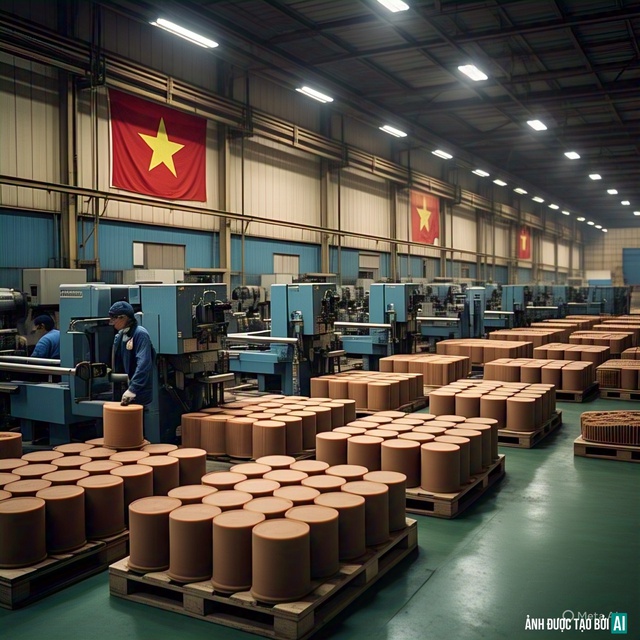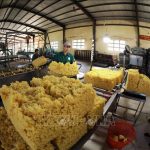Vietnam’s rubber industry is a key export sector, currently reaching over 80 countries. According to the Customs Department, Vietnam’s top 5 rubber export markets include: China, India, Malaysia, Indonesia, and South Korea.
Statistics from the Customs Department show that Vietnam’s rubber exports in the first 15 days of May 2025 reached 35,316 tons, worth $64.14 million, a decrease of 2.8% in volume but an increase of 9.2% in value compared to the same period in 2024.
Cumulative exports from the beginning of the year to May 15, 2025, reached 488,042 tons, worth $937.4 million, a decrease of 6.9% in volume but an increase of 19.6% in value compared to the same period last year. The average export price of rubber during this period increased by 28.5% compared to the same period last year, reaching $1,921/ton.

Synthetic rubber continues to be the largest export category in the Vietnamese rubber industry, accounting for 62.1% of total rubber export volume, a significant increase from 55.5% in the same period last year. The export price of synthetic rubber reached an average of $1,949/ton, an increase of 32.4% over the previous year. The main export market is China, accounting for 99.8% of synthetic rubber exports.
Exports of latex, the second-largest category in Vietnam’s rubber export structure, reached 58,906 tons, worth $87.04 million. Compared to the previous year, this item decreased by 4.4% in export volume but increased by 18.6% in value. The average price reached $1,478/ton, up 24.1% from the previous year.
This development indicates an increasing demand for high-quality latex in the international market, and Vietnam is effectively exploiting products with higher value. This is a positive signal for the strategy to enhance the export value of the rubber industry.
In 2025, Vietnam’s rubber exports are expected to continue growing as China’s demand shows signs of recovery. It is estimated that if China implements consumption stimulus packages for automobiles, electric vehicles, and industrial support as planned, rubber import demand may surge in the third and fourth quarters of 2025.

In another development, the European Commission (EC) recently announced a country risk classification system under the Anti-Deforestation Regulation (EUDR) – a regulation with far-reaching implications for agricultural and forestry product exports to the EU market, expected to take effect at the end of 2025.
Vietnam is classified as a “low-risk” country, which means that exporting businesses will benefit from simplified control procedures, saving costs and time. Key agricultural and forestry products such as rubber, coffee, cocoa, and timber will have easier access to the EU market. This is positive for the Vietnamese rubber industry, as the EU is one of the potential and high-value export markets.
According to the Vietnam Rubber Association (VRA), in 2025, the total export turnover of Vietnam’s rubber industry is expected to exceed $11 billion. The Association of Natural Rubber Producing Countries (ANRPC) estimates that the average price is forecasted to range from $1,750 to $2,000/ton, depending on supply and demand and macroeconomic conditions.
Intense Red Sea Tension: Rubber export forecast remains challenging
Despite the ongoing tension in the South China Sea, experts in the trading field continue to forecast challenges in the international rubber export market. The demand from China remains the key factor impacting Vietnam’s rubber exports. Additionally, the prolonged tension in the South China Sea will also affect Vietnam’s rubber exports.


















